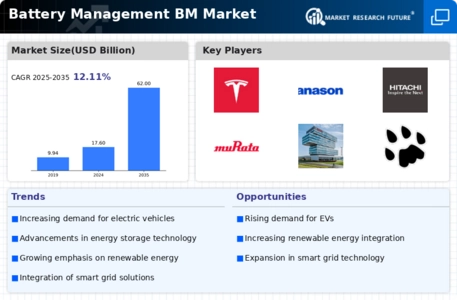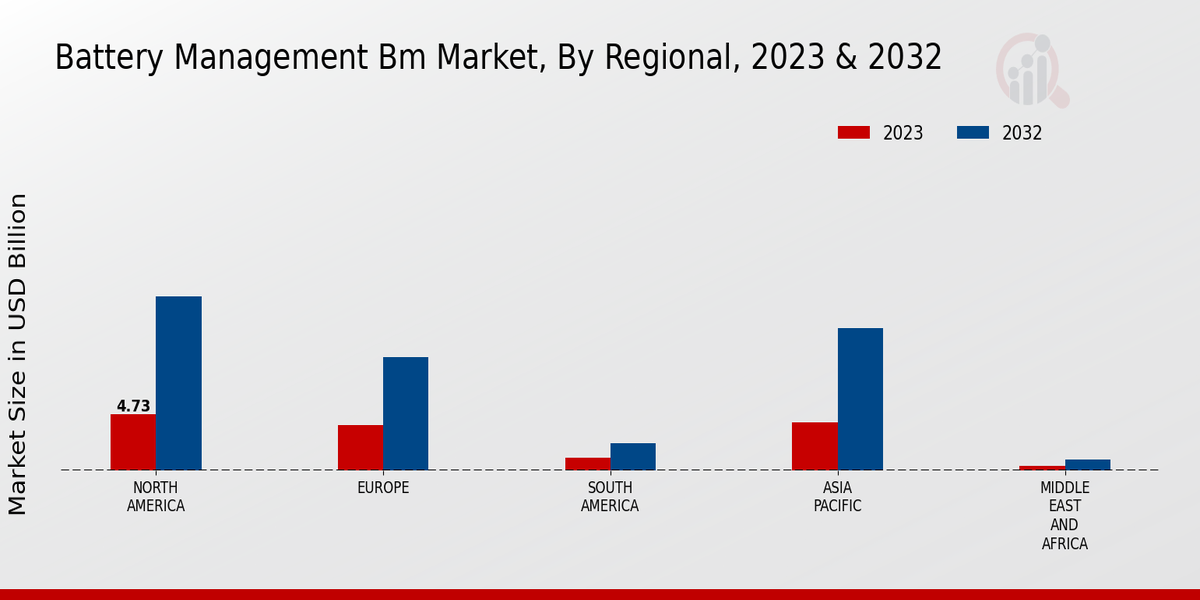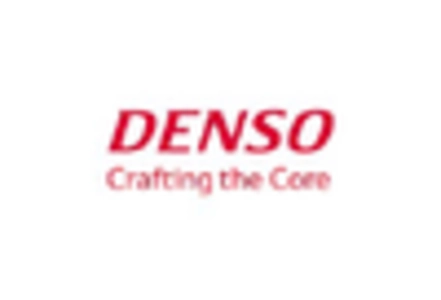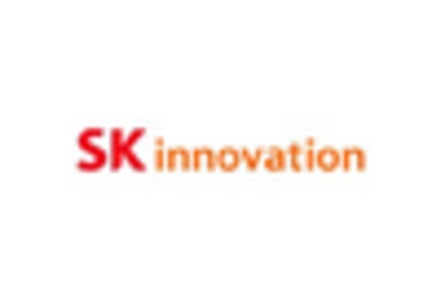Market Growth Projections
The Global Battery Management BM Market Industry is poised for substantial growth, with projections indicating a market size of 17.6 USD Billion in 2024 and an anticipated increase to 62.0 USD Billion by 2035. This growth trajectory suggests a compound annual growth rate (CAGR) of 12.11% from 2025 to 2035, driven by factors such as the rising demand for electric vehicles, advancements in battery technology, and increased focus on energy efficiency. The market's expansion reflects the critical role of battery management systems in supporting the transition towards sustainable energy solutions and the electrification of transportation.
Renewable Energy Integration
The push for renewable energy sources is reshaping the Global Battery Management BM Market Industry. As countries aim to reduce their carbon footprints, the integration of renewable energy systems such as solar and wind power necessitates efficient energy storage solutions. Battery management systems play a crucial role in balancing energy supply and demand, ensuring that excess energy generated during peak production times is stored for later use. This trend is likely to drive the market, as the need for reliable energy storage solutions grows, potentially leading to a market valuation of 62.0 USD Billion by 2035.
Regulatory Support and Incentives
Government policies and incentives aimed at promoting clean energy technologies are pivotal for the Global Battery Management BM Market Industry. Various countries are implementing regulations that encourage the adoption of battery management systems in electric vehicles and renewable energy applications. These policies not only foster innovation but also provide financial support for research and development initiatives. As a result, the market is likely to experience substantial growth, with projections indicating a rise to 62.0 USD Billion by 2035. This regulatory environment creates a favorable landscape for the advancement of battery management technologies.
Advancements in Battery Technology
Technological innovations in battery chemistry and design significantly influence the Global Battery Management BM Market Industry. The development of lithium-ion batteries, solid-state batteries, and other advanced energy storage solutions enhances performance, safety, and efficiency. These advancements allow for longer battery life and faster charging times, which are essential for consumer satisfaction and widespread adoption. As the market evolves, the integration of smart battery management systems that utilize artificial intelligence and machine learning is likely to optimize battery usage and lifecycle management, further driving market growth and potentially increasing the market size to 62.0 USD Billion by 2035.
Growing Demand for Electric Vehicles
The increasing adoption of electric vehicles (EVs) is a primary driver for the Global Battery Management BM Market Industry. As governments worldwide implement stricter emissions regulations and provide incentives for EV purchases, the demand for efficient battery management systems becomes critical. In 2024, the market is projected to reach 17.6 USD Billion, reflecting the rising need for advanced battery technologies that enhance vehicle performance and longevity. This trend is expected to continue, with the market potentially expanding to 62.0 USD Billion by 2035, indicating a robust growth trajectory fueled by the automotive sector's transition towards electrification.
Increased Focus on Energy Efficiency
The emphasis on energy efficiency across various sectors is a significant driver for the Global Battery Management BM Market Industry. Industries are increasingly adopting battery management systems to optimize energy consumption and reduce operational costs. This trend is particularly evident in sectors such as telecommunications, where backup power systems are essential. The market is projected to grow at a CAGR of 12.11% from 2025 to 2035, reflecting the increasing importance of energy-efficient solutions. As organizations seek to enhance their sustainability profiles, the demand for advanced battery management systems is expected to rise, further propelling market growth.

























Leave a Comment